The last few days have been blessedly warm and sunny, and the cold-blooded animals — the reptiles and amphibians and terrestrial arthropods — have been taking advantage of the heat. The meadowhawks — the dragonflies of late summer and early fall — have been as active as ever, hovering from one perch to the next, obelisking toward the sun. There has been a resurgence of blackflies; ladybugs and leaf-footed bugs have started to gather in our house, staking out places to hibernate for the winter.
The sunlight is especially welcomed by reptiles, who must bask for warmth. In a few weeks' time, the snakes and lizards and turtles will hide themselves away — but until then, they are soaking up as much sunlight as they can. Prime places for basking are exposed rocks, dry earth, and, sadly, hot pavement. As alluring as warm roads and sidewalks are, they become a death trap for reptiles, especially snakes, who are seeking heat.
Yesterday afternoon was brilliantly sunny: the leaves of the maples seemed to glow, and the air smelled of Autumn. We took a short hike in the Forestville Basin area, and on our way back to the car, I remarked that it was a good day to look for basking snakes. Not long after, I spotted a flash of black and green along the side of the road — and my heart jumped at the prospect of seeing (and maybe even holding!) a garter snake.
It was so lifelike — its colors were so very bright — and then I realized that it was dead.
The garter snake had only just been hit; its wound was tiny and the body was otherwise intact. Its eyes still shone with the intensity of a live animal; the color of its scales was incredibly vivid.
As I started to photograph the snake, it occurred to me that it looked anything but dead. Without any firsthand context, someone viewing the pictures would likely assume that it was still alive. My first course of action, then, was to flip the snake upside-down.
After photographing the snake extensively, I moved it off the road, setting it in a neat coil in the underbrush, then gave it an offering of sema.

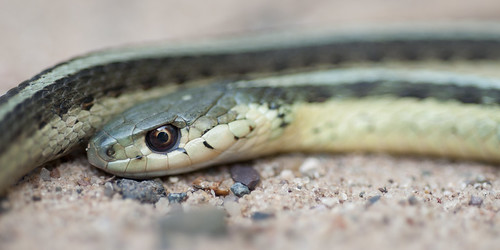
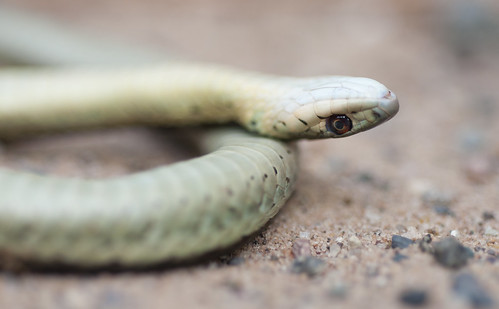
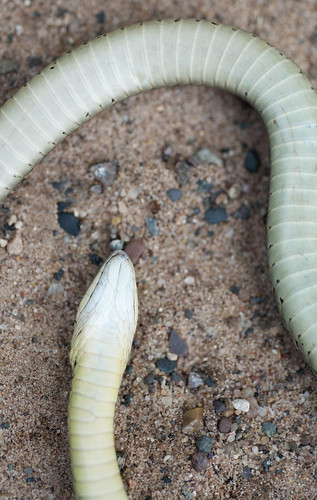

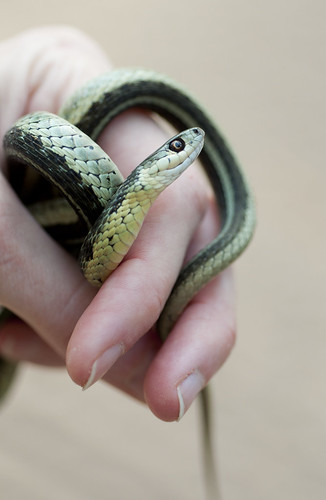
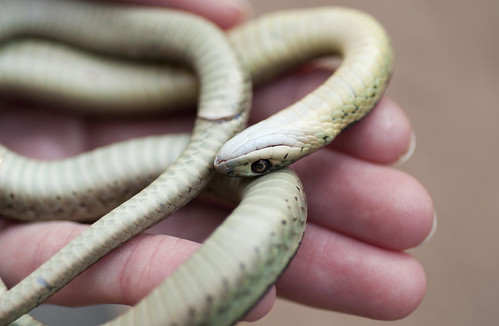
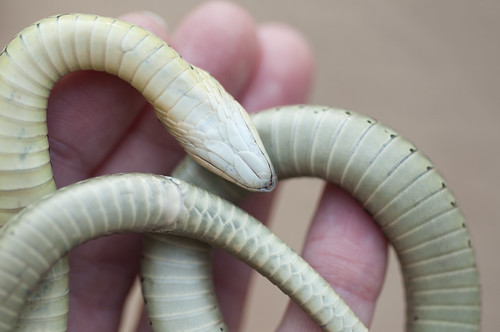



No comments:
Post a Comment